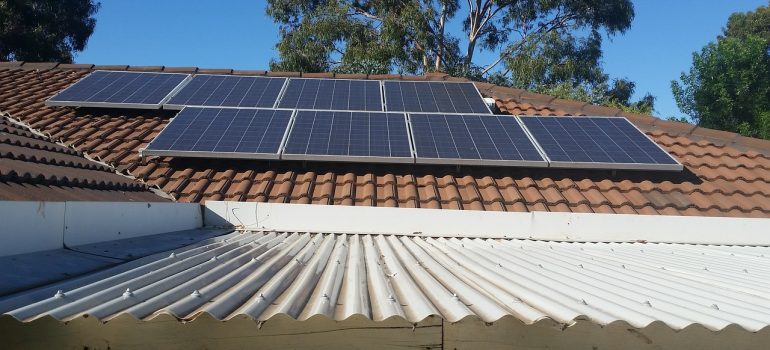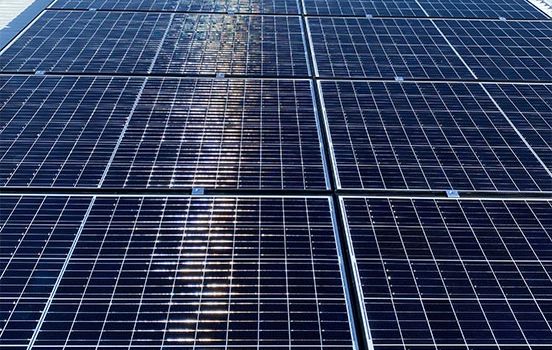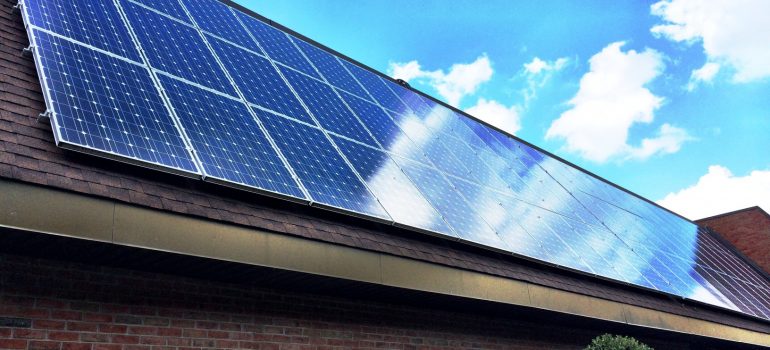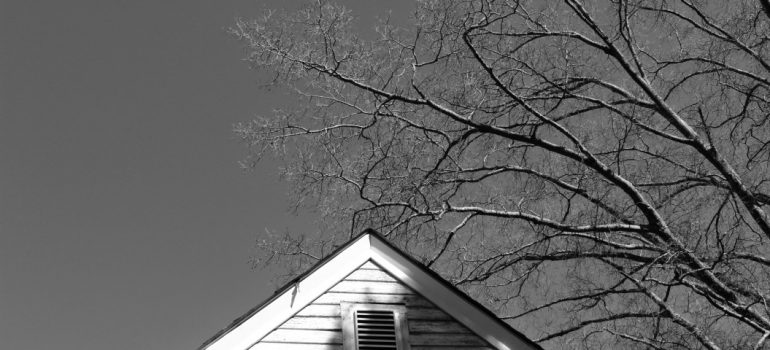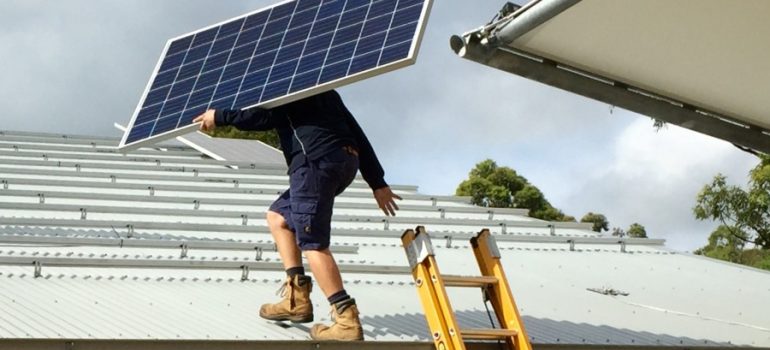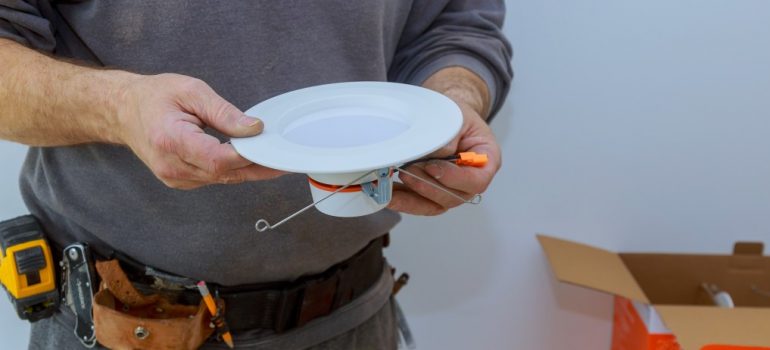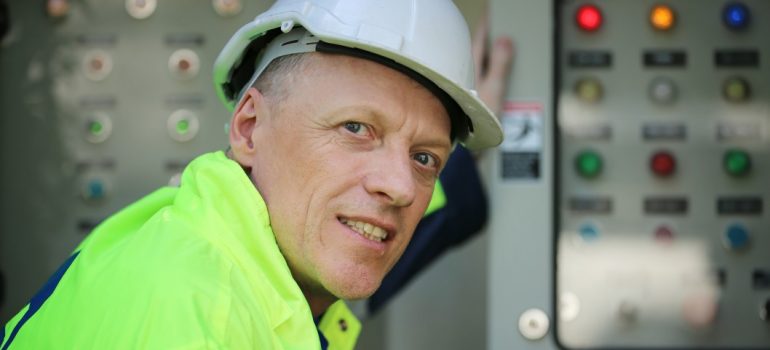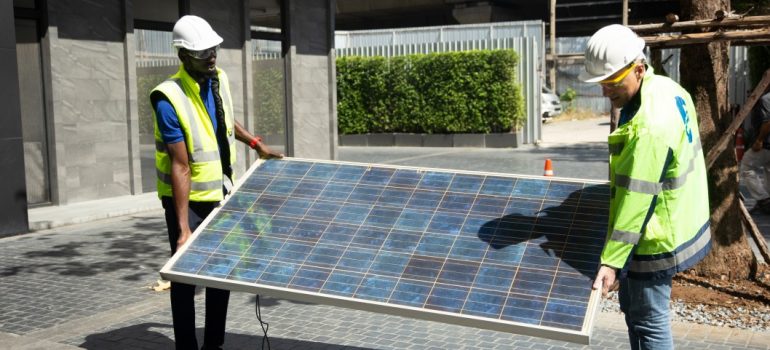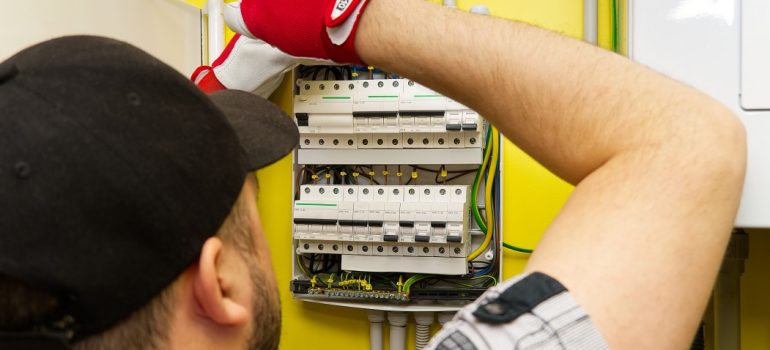What Are The Best Solar Panel Brands For Your Home?
Are you looking for the best solar panel brands to power your home? Solar energy is a great way to reduce your carbon footprint, save money on electricity bills, and increase your self-sufficiency. With so many options out there, it can be hard to know which brand of solar panels are most suitable for you. In this article, we’ll break down the top ten solar panel brands based on price, performance and customer service ratings.
If you’ve been considering making the switch to solar power, now is an excellent time! Advances in technology have made it easier than ever before to get started with residential solar installation. Plus, thanks to tax credits and other incentives from both federal and state governments, investing in renewable energy has never been more affordable or accessible.
We understand that making such a big decision isn’t easy. That’s why we’ve put together all the information you need about what makes each manufacturer stand out as well as their pros and cons. So if you’re ready to take control of your energy future by going green with solar panels at home – let’s get started!
What Are The Best Solar Panel Brands?
When it comes to home solar panels, “you get what you pay for” is a saying that holds true. Investing in quality solar panel brands can be the difference between energy independence and an expensive repair bill down the line. As such, choosing the right brand of solar panels for your home requires careful consideration.
The most important factor when selecting a reliable brand is whether or not they offer warranties on their products. Most reputable companies will provide some sort of warranty that covers defects or malfunctions within certain parameters. Look for firms with generous coverage periods – typically 5-25 years – as well as efficient customer service teams that are available to help should any problems arise. Additionally, make sure there’s no hidden costs associated with purchasing from a particular company; these fees could eat into whatever savings you think you’re getting by opting for less reliable models.
Finally, look for reviews about each potential choice online so you can get a better idea of how satisfied other customers have been with their experiences using the product. A good reputation among current users could mean fewer hassles down the road if something goes wrong while bad reviews may indicate poor performance and customer service issues which would likely cost more money than just buying higher quality equipment in the first place. With all this information in hand, let’s now take a closer look at some of the best solar panel brands bar none!
1. So, Who Are The Leading Brands?
When it comes to choosing the best solar panel brands, there’s no doubt that you want quality and reliability. But with so many different options out there, how do you know which ones are worth investing in? The good news is that there are several top-quality solar panel brands available today, and each of them has something special to offer. So, let’s take a look at some of the best solar panel brands bar none!
The first brand on our list is SunPower — one of the most respected names in the industry for decades. SunPower offers panels that are known for their high efficiency levels, long warranties, and excellent customer service. On top of this, they also have a wide variety of models to choose from depending on your needs. Plus, these panels come with advanced technology like integrated microinverters and cell interconnectors built into every module.
Next up we have LG Solar who has been a leader in innovation since its inception back in 1968. They specialize in reliable, efficient rooftop solutions designed specifically for commercial applications. Their modules feature cutting-edge NeON2 cells coupled together using patented cell connectors and bifacial capabilities that allow it to capture sunlight from both sides of the module simultaneously. Additionally, all systems come with an extended warranty period covering 25 years or more giving you peace of mind when making your purchase decision.
Lastly we have Panasonic Solar Panels which boast power output ratings higher than any other conventional mono-crystalline silicon solar system currently available on the market today. By combining innovative technologies such as double layer electrode construction along with light trapping techniques and heterojunction characteristics, Panasonic delivers outstanding performance even under low light conditions while being incredibly durable against harsh weathering elements such as hail or dust storms.
With all these amazing features packed into each brand’s offerings it can be difficult to decide which one is right for you – but rest assured knowing that whichever choice you make will provide you with exceptional results when it comes time to install your home’s energy solution. Now let’s move onto looking at what value-for-money solar brands are out there!
2. Brands Offering The Best Bang For Buck
Scouring the solar market for savvy savings? Then you’ll want to ensure that you’re getting the best bang-for-your buck when it comes to selecting your home’s new solar panel brand. Fortunately, there are plenty of excellent value options available that won’t break the bank – and all provide great performance too!
First up is SunPower, a company renowned for its cutting-edge technology and reliable quality. Their X-Series panels offer unrivalled efficiency and high power output, making them perfect for larger homes needing more energy production from fewer cells. Despite their higher price point in comparison to other brands, they come with an unbeatable 25 year product warranty which makes them well worth considering if budget isn’t quite as tight.
Next on our list is Canadian Solar, who focus on delivering cost effective solutions without sacrificing any quality or performance. Their modules deliver impressive levels of power generation even in low light conditions, so they’re ideal for locations where sunlight is often scarce. Plus, thanks to their strong warranties and competitive pricing structures they make a great choice for homeowners looking to save money while still enjoying top tier results.
Finally, LG has become one of the most popular residential solar companies around due to their commitment to innovation and customer satisfaction. They manufacture some of the slimmest and sleekest panels currently on sale, meaning installation can be done with minimal disruption to aesthetics – plus their NeON 2 range offers industry leading efficiency rates that really help boost overall system productivity.
With such a wide variety of fantastic value choices out there, it can be hard to decide exactly what option works best for you – but don’t worry; our solar specialists are here to help! Get in touch today and start planning your journey towards renewable energy independence.
Get In Touch With Our Solar Specialists
Are you considering making the switch to solar power? Our team of experts are here to help make your dream of a more sustainable future come true.
We have a wide range of options for you, from the best solar panel brands in the industry to custom-built systems that fit your needs and budget. Here’s what we offer:
- Solar Panels: We carry top-of-the-line panels from trusted manufacturers like Solux, SunPower, and LG Solar. All our panels are designed with energy efficiency and durability in mind, so you know they’ll last for years to come.
- Installation Services: Not sure how to install your solar system correctly? No problem! Our skilled technicians will provide professional installation services and answer any questions along the way.
- Maintenance & Repair: When it comes time for maintenance or repair work on your system, we’ve got you covered every step of the way. From monitoring performance levels to troubleshooting any issues you may encounter over time, we’re here to ensure optimal operation at all times.
No matter what kind of solar setup you’re looking for, our team is ready to get started. Contact us today and let us show you just how easy going green can be!
Frequently Asked Questions
What Incentives Are Available For Solar Panel Installation?
When it comes to solar panel installation, there are a variety of incentives available that make the process more attractive. If you’re considering installing solar panels in your home, these incentives can help offset some of the costs and make going green an even smarter choice.
The federal government provides tax breaks for individuals and businesses who purchase or lease solar systems. These credits apply only to those who have purchased their own system – not leased – but they can be quite significant depending on how much was spent on the equipment. Additionally, many states including Queensland, offer renewable energy programs which give further financial support for people looking to install solar panels on their homes.
It’s also possible to take advantage of net metering, where any excess electricity generated by your solar system is sold back into the grid at market rate. This means that if you generate more electricity than you use, you could actually end up making money from your investment!
Whether you’re interested in saving money or doing good for the environment, there are plenty of compelling reasons why installing solar panels makes sense – and with all these incentives available, now might be the perfect time to get started!
What Are The Maintenance Needs Of Solar Panels?
Have you ever wondered what it takes to maintain solar panels? After all, they are a big investment. Well, there are several factors that go into keeping your panels in good working order. Here’s a quick look at the three main components of maintaining solar panels:
- Monitor Performance – Solar panel performance must be monitored regularly to check for any drops in output or other signs of wear and tear.
- Clean Panels – It is important to clean the dust and debris off your panels periodically so that they can absorb as much sunlight as possible for optimal efficiency.
- Inspect Panel Connections – The wiring should be inspected every few months to ensure that everything remains securely connected and functioning properly.
Taking care of your solar panel system doesn’t have to be time-consuming or expensive. In fact, with proper planning and maintenance, most homeowners will only need to dedicate an hour per month on upkeep tasks such as those mentioned above. So why not take advantage of this opportunity to maximize your energy savings while also helping out the environment?
Not to mention that regular maintenance helps keep your warranty valid – after all, warranties generally require proof that preventive measures were taken before service is provided! With all these incentives in mind, why wouldn’t you make sure your solar installation is running optimally? There’s no better way to enjoy long-term peace of mind than by ensuring everything runs smoothly year round!
How Long Do Solar Panels Last?
When it comes to solar panels, one of the most important questions you should ask is how long they last. The answer varies greatly depending on a few factors. Here’s a quick breakdown:
- Quality of Materials: High-quality materials will generally last longer than their lower quality counterparts.
- Manufacturer Warranty: Many manufacturers offer warranties that cover up to 25 years for their products.
- Climate / Weather Conditions: Solar panels tend to perform better in more temperate climates with less extreme weather conditions.
- Maintenance and Care Practices: Regular maintenance and care can help extend the life of your solar panels significantly.
No matter what type of solar panel system you have installed, understanding these factors can be key in making sure your investment pays off over time. It’s essential to do research on any potential warranty coverage or service agreements before investing in a new system so that you know exactly what’s covered and for how long if something goes wrong down the line. You’ll also want to factor in regular checkups and cleaning into your budget as well—especially if you live in an area prone to dust storms or other environmental hazards that could damage your equipment over time.
Finally, while there are certainly no guarantees when it comes to solar energy systems, with proper care and attention yours can provide clean energy for many years! Taking advantage of advances in technology and researching dependable models from reputable brands will ensure that your investment lasts for generations to come!

